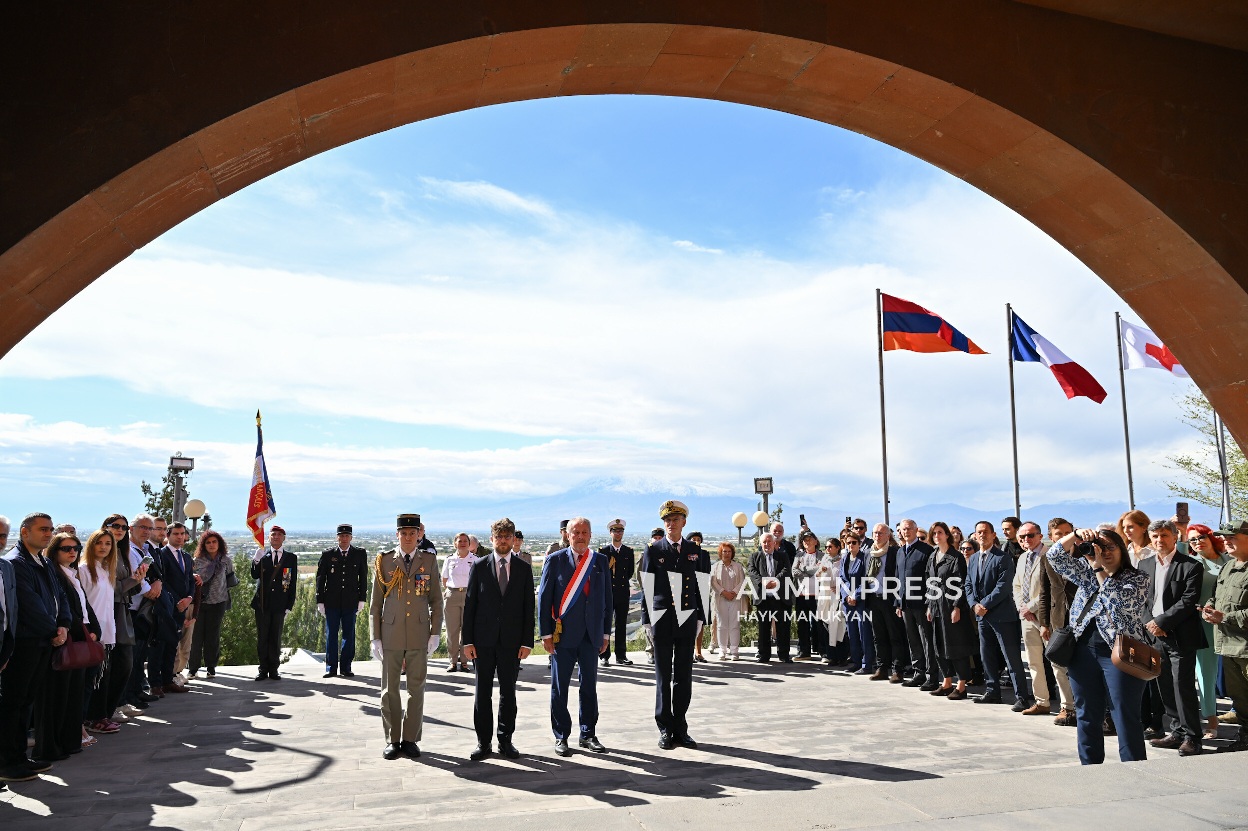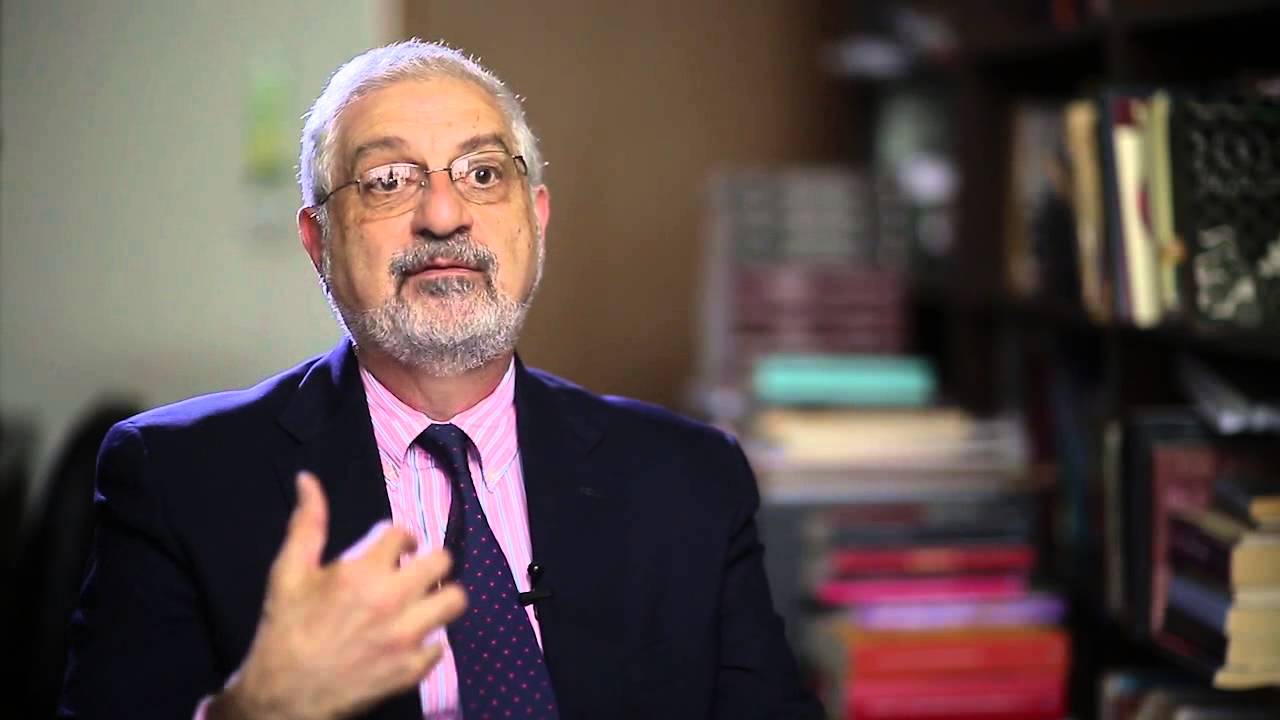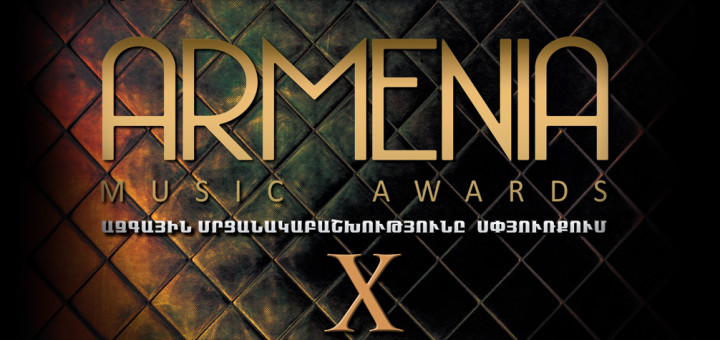
The Armenian Patriarchate of Istanbul, befitting its status for long years as first among equals in the Armenian ecclesiastical hierarchy, used to have a rich archive of its own. Unfortunately, they were taken away in late 1922 under rather murky circumstances. While there is limited information and much obfuscation on the archive’s content and disappearance, it is known that in November 1922, when the occupying Allied Powers were making preparations to end their occupation of Istanbul, Armenian Patriarch Zaven Der Yeghieyan sent “22 trunks of documents” belonging to the Istanbul Patriarchate to Manchester to be received by Grigor Balakian, the Armenian primate in Europe. The documents remained with Balakian in Manchester until Balakian’s election as the bishop of Marseille in 1927. After his election, Balakian took the documents with him to Marseille where they remained until 1938 when Zaven, the former Armenian Patriarch of Istanbul, wished to use the archival material in order to write his memoirs. Thus the documents were sent to the Patriarch of Jerusalem in 1938 and they reportedly remain there to this day.
The Archive undoubtedly has a rich collection, numbering close to half a million documents. The collection includes printed and propaganda materials on the Armenian Question in the 19th century, reports on the economic condition of Anatolian provinces, correspondence of the Armenian Patriarchate in Istanbul with Ottoman bureaucracy as well as the Armenian clergy in the provinces, documents regarding the 1912-1914 negotiations over the Armenian demands for reform and autonomy in Eastern Anatolia, minutes of the Armenian National Assembly in Istanbul, the correspondence of the Armenian National Delegation to the Paris Peace Conference as well as the alleged copies of Ottoman documents relating the 1919-1920 Courts-Martial held in Istanbul.
Practically all the scholars and researchers were denied access to this archive, including well-known Armenian authors such as Ara Sarafian. On the other hand, Vahakn N. Dadrian and Grigor Guergerian, the two trusted Armenian nationalists, remain to this day as the only privileged individuals who had access to this archive.
Apart from obstructing scholarly inquiry, this inexcusable restriction over the use of the archive also raises questions about the reliability of the references derived from this archive. For example the Armenian propagandists frequently referred to the alleged population census of 1912 conducted by the Armenian Patriarchate where the population of the Ottoman Armenians were shown as some 2,1 million people. To this day, the original material regarding this so-called census and its details (gender, age, division of population to province by province figures) were not disclosed except for a single table showing total census figures for 6 provinces in Eastern Anatolia in a propaganda publication released in 1913. Similarly propagandists with scholarly titles such as Dadrian and Taner Akçam referred to the copies of the documents from Military Tribunals held in Istanbul during 1919-1920 in support of their contentions but they have never published facsimiles of the documents, preferring instead to provide suspicious quotations from materials to which no independent scholars were given access.
The opening of the archive of the Armenian Patriarchate of Jerusalem is therefore a matter of great urgency for the objective and balanced scholarly inquiry. But a more important question should be the retrieval of archive and all of its materials to its original owner, the Armenian Patriarchate of Istanbul. The materials contained in the archive originally belonged to the Istanbul Patriarchate which officially functioned under the Ottoman administrative system.
In view of the upcoming elections for the seat of the Armenian Patriarch in Istanbul, it would be a welcome development to hear pledges on part of the competing candidates that they will try to retrieve the archive in Jerusalem back to Istanbul. This will not only restore the materials to its rightful and original owner, but will also enable scholarly inquiry into its contents and help dispel confusions and doubts concerning the reliability of these materials.
*Photo:https://www.features.ro
© 2009-2025 Center for Eurasian Studies (AVİM) All Rights Reserved

 A NEVER-ENDING FICTIONAL NARRATIVE: ARMENIANS OF MUSA DAGH
A NEVER-ENDING FICTIONAL NARRATIVE: ARMENIANS OF MUSA DAGH
TAL BUENOS AND TÜLİN DALOĞLU’S INTERVIEWS ON THE 1915 EVENTS
 A LOOK INTO THE YEAR 2025
A LOOK INTO THE YEAR 2025
 “THE ARMENIAN NARRATIVE” IN SYRIA: HOW RELIABLE IS IT?
“THE ARMENIAN NARRATIVE” IN SYRIA: HOW RELIABLE IS IT?
 WATS AND THE TEFLON LINING TO WHICH NOTHING STICKS
WATS AND THE TEFLON LINING TO WHICH NOTHING STICKS
 THE PRESENT-DAY SOURCES OF ARMENIAN ALLEGATIONS AND PREJUDICES AGAINST TURKS
THE PRESENT-DAY SOURCES OF ARMENIAN ALLEGATIONS AND PREJUDICES AGAINST TURKS
 TAIWAN’S POLITICAL TURN: TSAI ING-WEN’S ELECTED AS THE PRESIDENT OF THE REPUBLIC OF CHINA
TAIWAN’S POLITICAL TURN: TSAI ING-WEN’S ELECTED AS THE PRESIDENT OF THE REPUBLIC OF CHINA




























